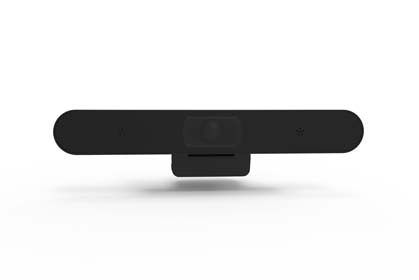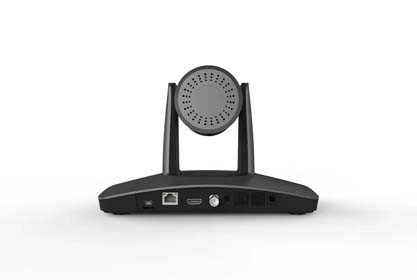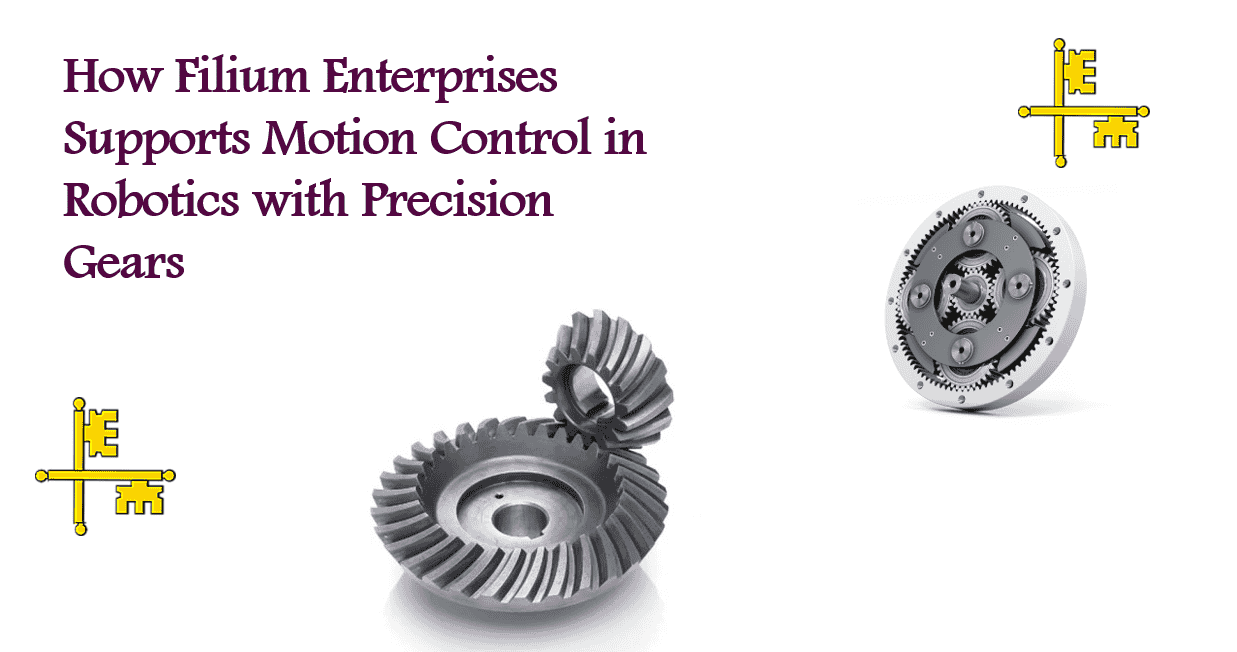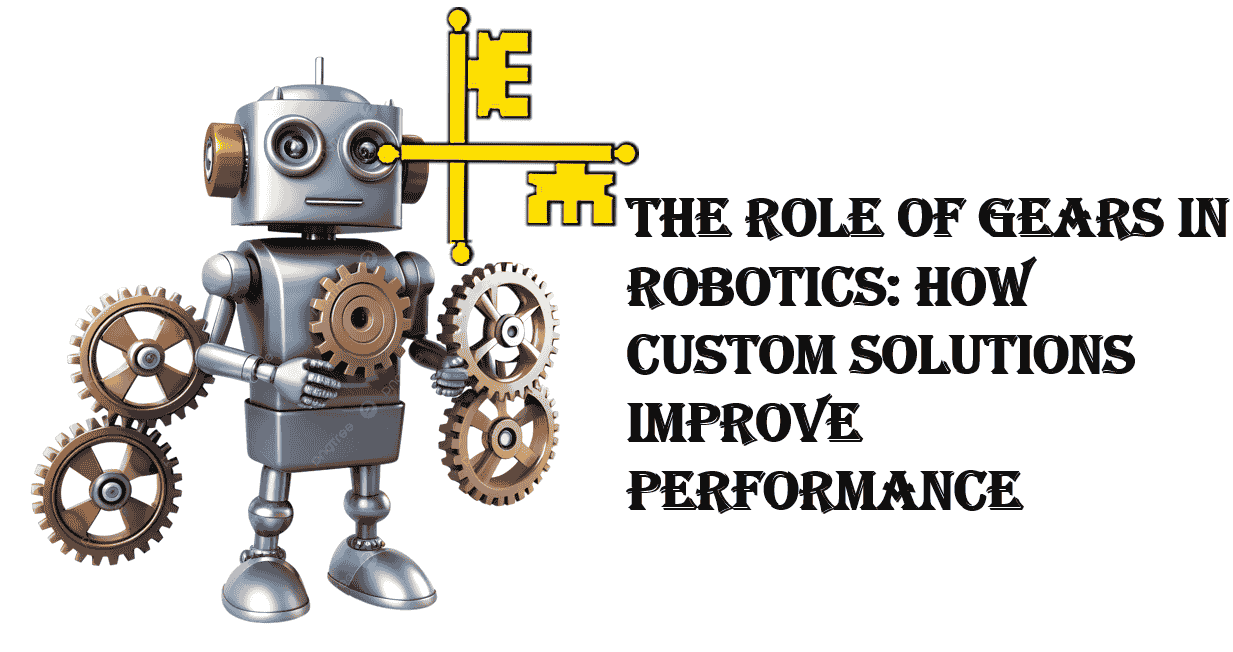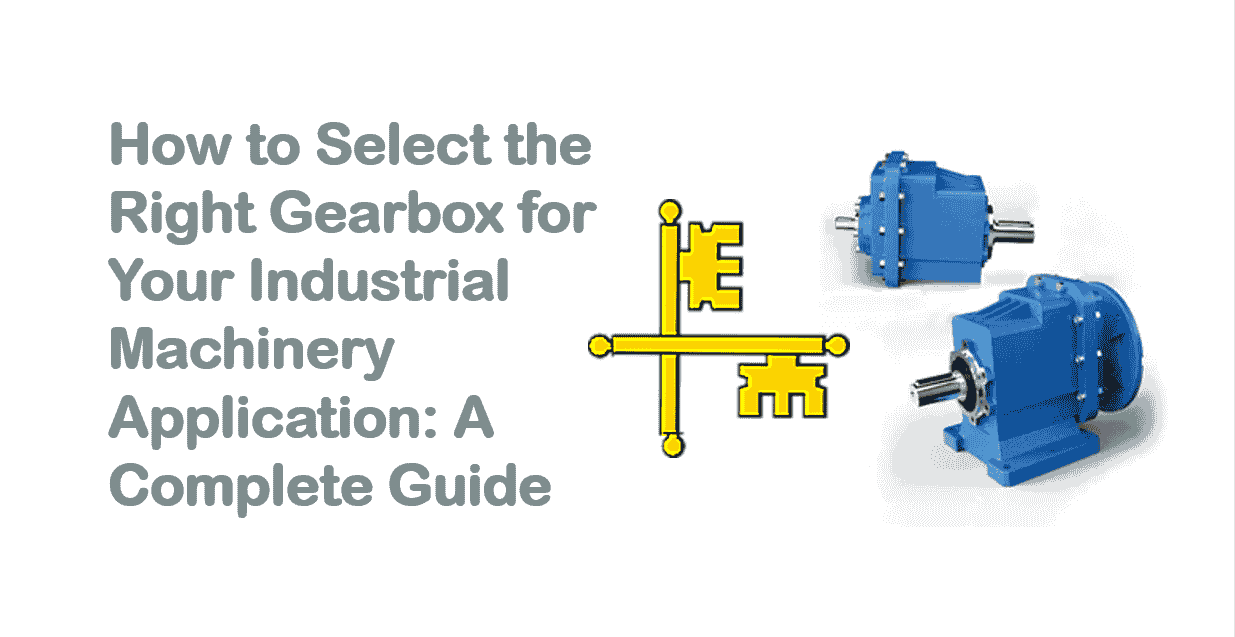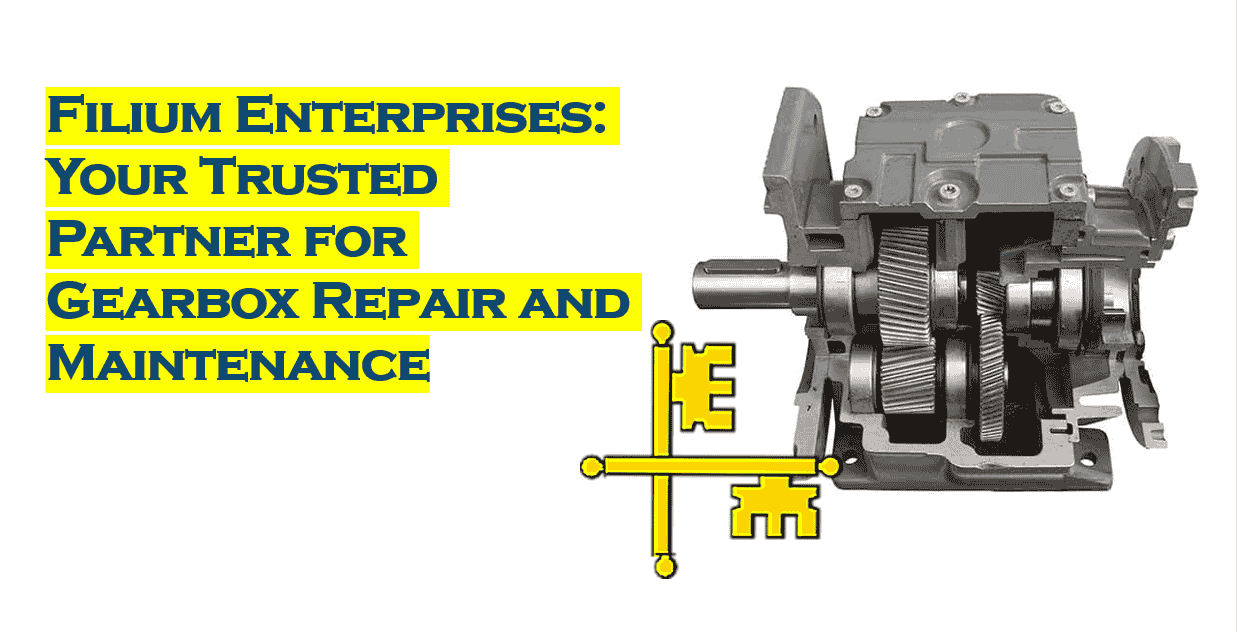How to Improve the Efficiency of Your Motion Control Systems
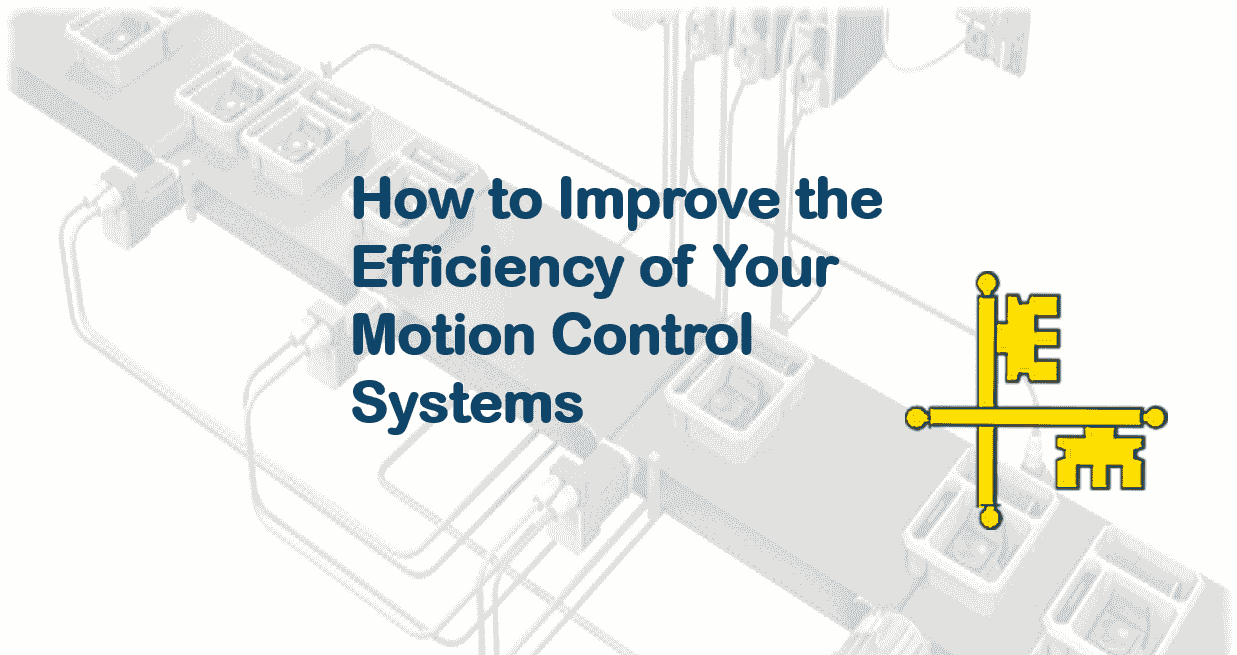
How to Improve the Efficiency of Your Motion Control Systems
In today’s industrial landscape, motion control systems play a critical role in ensuring smooth operations, precision, and productivity across various sectors such as manufacturing, robotics, and automation. However, to maximize the potential of these systems, it is essential to focus on improving their efficiency. By enhancing the efficiency of motion control systems, you can not only improve performance but also reduce operational costs, increase energy savings, and extend the lifespan of equipment.
In this article, we will explore practical ways to improve motion control systems efficiency, identify optimal motion control solutions, and delve into motion control optimization techniques that can help streamline operations.
Table of Contents
- Introduction
- Optimize System Components for Performance
- Implement Motion Control Optimization Techniques
- Reduce Friction and Mechanical Losses
- Monitor and Analyze System Performance
- Leverage Energy-Saving Technologies
- Training and Best Practices
- Conclusion
1. Optimize System Components for Performance
The efficiency of motion control systems hinges on the seamless integration of several components, including motors, drives, controllers, and sensors. By carefully selecting and optimizing these components, you can significantly enhance the performance of your system.
-
Choose High-Efficiency Motors: Selecting energy-efficient motors reduces overall power consumption, which is crucial for lowering operating costs. Inverter-controlled motors can adjust their speed to match the system's load requirements, reducing energy waste during idle times.
-
Use Advanced Motion Controllers: Motion controllers that allow for precise control and coordination of motion in real-time contribute to better system performance. Advanced controllers, such as programmable logic controllers (PLCs) with motion control functionality, ensure that your motion control system runs at optimal efficiency.
-
Upgrade Drives and Amplifiers: Efficient drive systems ensure that energy is transferred optimally from the controller to the motor. Upgrading to newer, high-performance drives and amplifiers can help reduce power losses, improve precision, and enhance overall efficiency.
2. Implement Motion Control Optimization Techniques
Motion control optimization refers to fine-tuning your system to achieve maximum performance with minimal energy consumption and wear on components. Here are some strategies to achieve motion control optimization:
-
Fine-Tune Motion Profiles: Motion profiles define how your motion control system moves, including acceleration, deceleration, speed, and position. Optimizing these profiles helps reduce excessive energy usage and mechanical strain. For example, gradual acceleration and deceleration minimize the load on the motor and reduce the wear on the mechanical components, leading to better system efficiency.
-
Adaptive Control Algorithms: By utilizing adaptive control algorithms, the system can adjust its performance based on the changing conditions of the operation. These algorithms ensure that the system operates at peak efficiency by dynamically adjusting parameters like motor torque, speed, and load handling capacity.
-
Feedback Control Systems: Implementing feedback control systems such as encoders or tachometers can help maintain precise control over the motion. Feedback allows the system to constantly monitor its performance, correcting deviations in real-time, which leads to smoother and more efficient operations.
3. Reduce Friction and Mechanical Losses
Mechanical losses due to friction are a major contributor to inefficiency in motion control systems. Here’s how you can minimize these losses:
-
Use Lubrication: Regular lubrication of moving parts, such as bearings and gears, reduces friction and wear. This extends the lifespan of mechanical components while improving the overall efficiency of the system.
-
Precision Components: Using precision components, such as high-quality bearings and low-friction materials, can reduce energy losses due to friction. Additionally, ensuring that your system is properly aligned will reduce unnecessary friction between parts.
-
Minimize Load Inertia: The inertia of a load directly impacts the energy consumption of the system. By reducing the load inertia, either by modifying the system design or using lighter components, you can decrease the energy needed to move the load, thereby improving the overall efficiency.
4. Monitor and Analyze System Performance
Continuous monitoring and analysis of your motion control system are key to identifying inefficiencies and potential improvements. With the help of modern diagnostic tools and performance monitoring systems, you can gain real-time insights into the performance of your motion control system.
-
Implement Condition Monitoring Systems: Condition monitoring tools, such as vibration sensors or thermal sensors, can provide valuable insights into the health of your system. Monitoring these parameters helps detect early signs of wear or misalignment, which can lead to inefficiency.
-
Data Analytics for Optimization: By collecting and analyzing performance data, you can identify patterns that indicate inefficiencies or areas for improvement. Data analytics tools allow you to make informed decisions about adjustments that can be made to optimize your motion control solutions.
-
Regular System Calibration: Calibration is crucial to ensure that all components in the system are working within their optimal parameters. Regularly calibrating your motion control system can help maintain its efficiency and prevent unnecessary energy consumption or component wear.
5. Leverage Energy-Saving Technologies
Energy consumption is one of the largest expenses in running motion control systems. However, several technologies can help reduce energy costs and improve efficiency.
-
Regenerative Drives: Regenerative drives capture the energy produced during braking and feed it back into the system. This reduces the overall energy consumption of your motion control system, making it a highly efficient solution for energy-intensive applications.
-
Energy-Efficient Power Supplies: Power supplies that are specifically designed for energy efficiency can help reduce energy losses when powering motion control systems. Choose power supplies with high conversion efficiency to ensure that power is used effectively.
-
Intelligent Motion Control Systems: Some motion control systems come with built-in energy-saving modes that adjust parameters automatically based on the load and operational requirements. These intelligent systems ensure that energy is only consumed when necessary.
6. Training and Best Practices
A well-trained team can make a significant difference in the efficiency of your motion control systems. Regularly training operators and engineers on best practices and troubleshooting techniques helps ensure that your system is used efficiently and that any issues are addressed before they lead to inefficiency.
-
Educate Operators: Operators should be educated on the importance of maintaining optimal motion profiles and ensuring that the system is not overburdened. Simple practices like avoiding sudden movements or overloading can significantly impact the energy efficiency of motion control systems.
-
Maintain Equipment Regularly: Regular preventive maintenance helps keep all components in optimal condition. Implement a maintenance schedule to address issues such as wear and tear, which can degrade the system’s efficiency over time.
Conclusion
Improving the efficiency of your motion control systems is a critical step toward optimizing performance, reducing energy consumption, and lowering operating costs. By carefully selecting the right components, optimizing motion control parameters, reducing friction, and implementing advanced technologies, you can unlock the full potential of your motion control solutions.
With the right approach to motion control optimization, you can not only boost the efficiency of your system but also extend its lifespan and improve overall productivity. So, whether you're upgrading existing systems or implementing new solutions, these strategies will ensure that your motion control systems run smoothly and efficiently for years to come.
Related Products
Here are some relevant stats and facts to complement your article on improving the efficiency of motion control systems:
-
Energy Efficiency in Motion Control Systems
According to a report by the U.S. Department of Energy, motion control systems account for up to 30% of total energy consumption in industrial applications. Optimizing these systems can lead to significant reductions in energy usage, contributing to both cost savings and environmental sustainability. -
Motor Efficiency Gains
Inverter-controlled motors (Variable Frequency Drives or VFDs) are known to improve motor efficiency by 10-20% compared to conventional motors. These motors can adjust their speed according to the load, reducing wasted energy during low-load operations. -
Impact of Regular Maintenance
The U.S. National Institute of Standards and Technology (NIST) has found that regular preventive maintenance on motion control systems can increase operational efficiency by 10-15%. Regular checks on components like motors, drives, and sensors ensure that they operate within their optimal parameters. -
Precision and Cost Savings
The introduction of advanced motion control solutions such as closed-loop feedback systems can improve the accuracy of industrial robots by as much as 50%. This level of precision helps reduce errors and downtime, resulting in greater productivity and cost savings. -
Savings from Energy-Efficient Solutions
According to a study by the Electric Power Research Institute (EPRI), energy-efficient motion control solutions such as regenerative drives can save businesses up to 25% in energy costs, particularly in high-demand applications like manufacturing and logistics. -
Global Adoption of Motion Control Systems
The global market for motion control systems is expected to grow from $14.5 billion in 2021 to over $22 billion by 2026, reflecting the increasing demand for more efficient and advanced motion control technologies across industries such as robotics, automation, and manufacturing. -
The Role of Data Analytics
Studies show that the application of data analytics in motion control systems can lead to a 15-20% reduction in energy consumption by identifying inefficiencies and optimizing motion profiles. Real-time monitoring and data analysis can also reduce downtime by detecting issues early on before they cause operational disruptions. -
Friction Reduction and Energy Efficiency
The reduction of friction in mechanical systems is critical for improving efficiency. Research indicates that even a 10% reduction in friction can lead to 5-10% energy savings, which is significant for motion control systems in heavy-duty operations.
